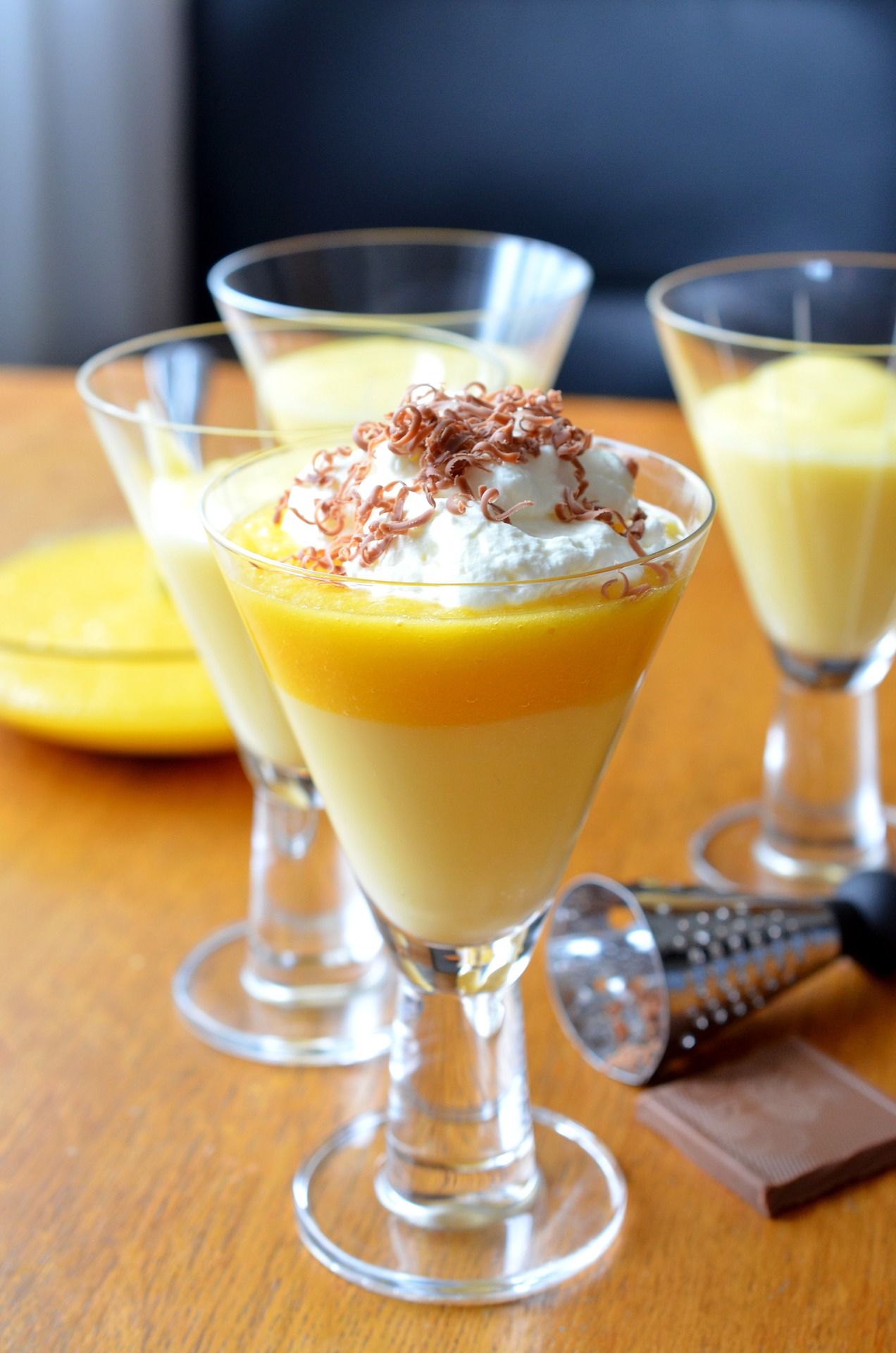House Mouse
The house mouse (Mus musculus) is a small rodent, a mouse, one of the most numerous species of the genus Mus.
As a wild animal the house mouse mainly lives associated with humans, causing damage to crops and stored food.
The house mouse has been domesticated as the pet or fancy mouse, and as the laboratory mouse which is one of the most important model organisms in biology and medicine. It is by far the most commonly used genetically altered laboratory mammal.
House mice usually run, walk or stand on all fours; but when eating, fighting or orienting themselves, they stand only on the hind legs, supported by the tail. When running, the horizontal tail serves for balance; the end stands up vertically, unless the mouse is frightened. Mice are good jumpers, climbers, and swimmers.
Mice are mostly active during dusk or night; they do not like bright lights. They have an instinctual fear of so-called “black lighting†and strobe lighting, which leads to a common method of controlling mice in the home. They live in a wide variety of hidden places that are near food sources and construct nests from various soft materials. Mice are territorial and one dominant male usually lives together with several females and young. Dominant males respect each other’s territory and normally enter another’s territory only if it is vacant. If two or more males are held together in a cage, they will often turn aggressive unless they have been raised together from birth.
House mice primarily feed on plant matter, but they will also accept meat and dairy products. Although they are generally known to like fruits, they are repelled by the scent of many varieties of artificial fruit scent, for example strawberry or vanilla-scented candles. The reason for this is unknown, although it dates back to antiquity when Roman Senators used candles scented with strawberry oils to keep mice out of their sleeping chambers. They will drink water but require little of it, relying mainly on the moisture present in their food. They will eat their droppings to acquire nutrients produced by bacteria in their intestines. House mice, like other rodents, do not vomit.
Mice are afraid of rats, which often kill and (partially) eat them. This rat behavior is known as muricide. Despite this behavior free-living populations of rats and mice do exist together in forest areas in North America and elsewhere.
House mice are generally poor competitors and in most areas cannot survive away from human settlements in areas where other small mammals, such as wood mice, are present. However in some areas (such as Australia) mice are able to co-exist with other small rodent species.
House mice usually live in proximity to humans, in or around houses or fields. Originally native to Asia (probably northern India),[17] they spread to the Mediterranean Basin about 8000 BC, only spreading into the rest of Europe around 1000 BC. This time lag is thought to be because the mice require agrarian human settlements above a certain size. They have since been spread to all parts of the globe by humans.
Many studies have been done on mouse phylogenies to reconstruct early human movements. For example one study showed a previously unsuspected early link between Denmark and Madeira on the basis of the origin of the Madeiran mice.
House mice can transmit diseases, and can damage food and food packaging. Some of the diseases the house mouse carries can be deadly; for example, Murine typhus, Rickettsialpox, Tularemia, and the Bubonic plague. These mice can be very dangerous to people if they contaminate anything in their houses, especially food. It is also possible for wild house mice to transmit rabies, therefore a wild house mouse should never be handled. They can also cause substantial damage when feeding on grain. It is thought that house mice were the primary reason for the taming of the domestic cat. Various mousetraps have been developed to catch mice. Generally, rats are more harmful to humans than mice.
The first written reference to mice kept as pets occurs in the Erya, the oldest extant Chinese dictionary, from a mention in an 1100 B.C. version. Human domestication led to numerous strains of “fancy†or hobby mice with a variety of colors and a docile temperament. Domestic varieties of the house mouse called “feeder†mice are also used as food for some carnivorous pet reptiles, arthropods and fish. Mice bred for this purpose are genetically identical to other domestic mice, and can be kept as pets themselves
12-17














2010
4,558 views
views
0
comments